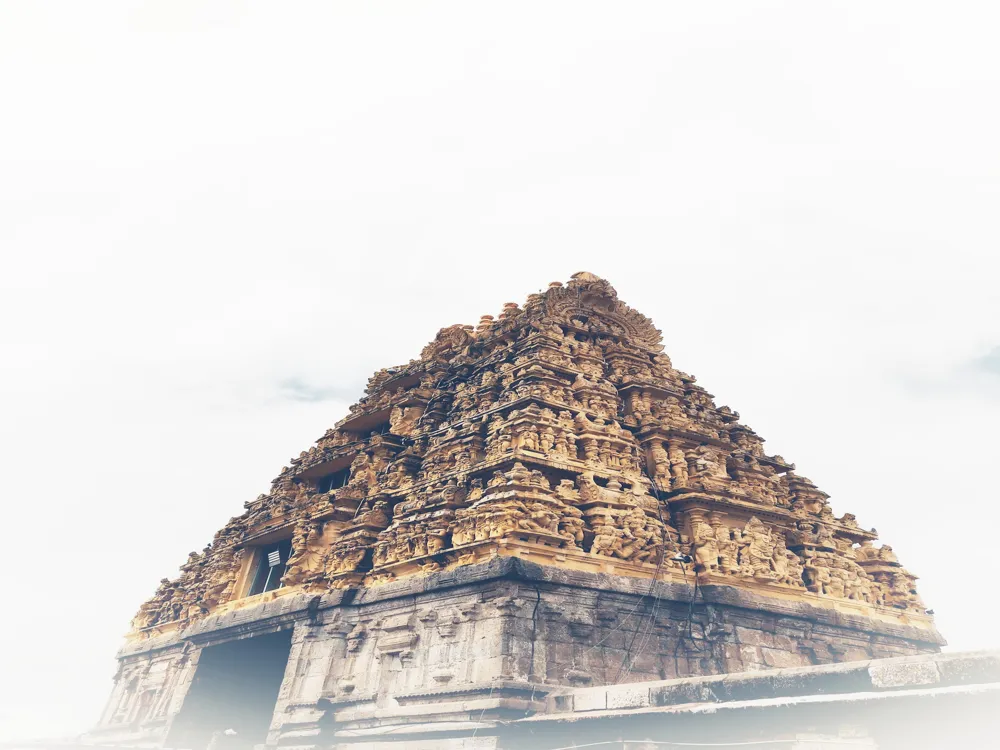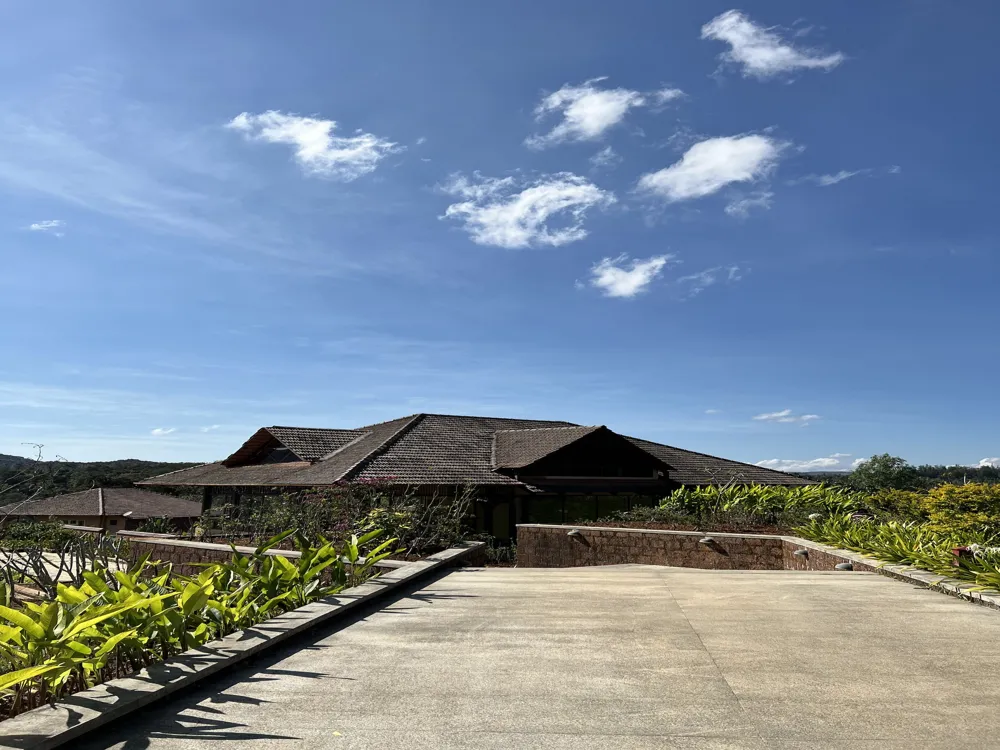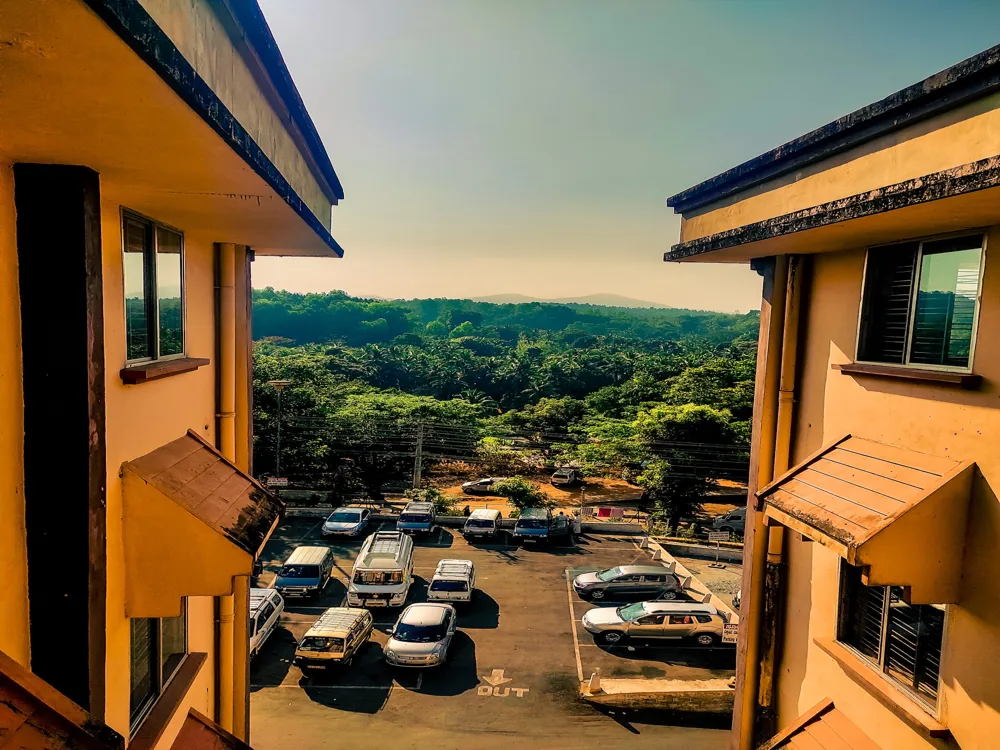Halebid, once known as Dwarasamudra, stands as a testament to the rich cultural and architectural heritage of Karnataka, India. This ancient town was the regal capital of the Hoysala Empire in the 12th century and is renowned for its intricate and detailed architectural marvels. Halebid is located in the Hassan district of Karnataka, encapsulating a history that spans centuries and showcasing the artistic zenith of Hoysala craftsmanship. The town's name, Halebid, translates to 'old abode', signifying its historical significance. During its peak, Halebid was adorned with numerous temples, shrines, and structures that demonstrated the artistic prowess of the era. However, it faced multiple invasions and plunder attempts, leading to much of its destruction. Despite these setbacks, Halebid has preserved its ancient charm and continues to draw visitors from all over the world, fascinated by its historical narratives and architectural grandeur. The allure of Halebid lies not just in its historical context but also in its serene and untouched natural surroundings. The town offers a peaceful retreat away from the bustling city life, making it a perfect destination for history enthusiasts and nature lovers alike. The architecture of Halebid is a significant exemplar of the Hoysala architectural style, characterized by its intricacy, detailed carvings, and unique design elements. The craftsmen of the Hoysala period were masters of stone carving, and their expertise is prominently visible in the temples and structures around Halebid. One of the most striking features of Halebid's architecture is the use of soapstone, a material that allowed for detailed carving and longevity. The temples of Halebid, including the renowned Hoysaleswara Temple, are adorned with intricate sculptures depicting various Hindu deities, sages, scenes from epics like the Mahabharata and Ramayana, and aspects of daily life during the Hoysala period. These sculptures are not just religious symbols but also serve as a window into the cultural and social fabric of the time. The Hoysaleswara Temple, a 12th-century architectural marvel, is a primary example of the Hoysala architectural brilliance. It features two massive shrines dedicated to Lord Shiva and is renowned for its elaborate carvings and sculptures. The temple's walls are adorned with an endless array of carvings, each telling a different story. The level of detail in these carvings is so precise that even the minutest expressions and ornaments are visible. Another distinctive feature of Halebid's architecture is the star-shaped platform on which many of its temples are built. This design not only adds to the aesthetic appeal but also provides a unique structural advantage. The temples often feature intricately carved pillars, each unique in its design and symbolism. The fusion of art and architecture in Halebid's structures goes beyond mere religious expression; it is a celebration of life, history, and culture. Visiting these temples offers an immersive experience, allowing one to step back in time and witness the glory of an era long gone. The ideal time to visit Halebid is between October and March when the weather is pleasant, making it conducive for exploring the outdoor architectural sites. Visitors are advised to dress modestly and respectfully, keeping in mind the religious and cultural significance of the site. It's also recommended to remove shoes before entering the temples. Opting for a guided tour can enhance your experience, as local guides offer in-depth insights into the history and architecture of Halebid. While photography is allowed, it's important to be respectful of the site's sanctity. Use natural light to your advantage to capture the intricate details of the carvings. Carry water and use sun protection, especially during the day, as exploring the temple complexes can be exhaustive under the sun. Halebid is well-connected and accessible from various parts of Karnataka. The nearest major city is Hassan, which is about 31 kilometers away. Visitors can reach Halebid by various means: By Air: The nearest airport is in Bengaluru, approximately 214 kilometers away. From the airport, one can hire a taxi or take a bus to Halebid. By Train: Hassan Railway Station is the nearest railway head. There are regular trains from major cities like Bengaluru, Mysore, and Mangalore to Hassan. From Hassan, Halebid is a short drive away. By Road: Halebid is well-connected by road. Regular bus services are available from Bengaluru, Mysore, and other nearby cities to Hassan. From Hassan, one can take a local bus or hire a taxi to Halebid.Overview of Halebid, Karnataka
Architecture of Halebid
Tips When Visiting Halebid
Best Time to Visit
Respecting Cultural Norms
Guided Tours
Photography Tips
Staying Hydrated and Protected
How To Reach Halebid
Belur
Halebid
Karnataka
NaN onwards
View halebid Packages
Weather :
Label : Must Visit
Tags : Temple
Timings : Temple timings: 7:30 AM - 5:30 PM, Inner sanctum of main deity stay closed between 10:00 AM - 11:00 AM, 1:00 PM - 3:00 PM, and 5:00 PM - 5:30 PM
Time Required : 1 day
Entry Fee : Free entrance, Government approved guides cost between INR 125 - INR 250
Dress Code : No strict dress code as such but modest clothing for both men and women.
Planning a Trip? Ask Your Question
Halebid Travel Packages
View All Packages For Halebid
Top Hotel Collections for Halebid

Private Pool

Luxury Hotels

5-Star Hotels

Pet Friendly
Top Hotels Near Halebid
Other Top Ranking Places In Halebid
View All Places To Visit In halebid
View halebid Packages
Weather :
Label : Must Visit
Tags : Temple
Timings : Temple timings: 7:30 AM - 5:30 PM, Inner sanctum of main deity stay closed between 10:00 AM - 11:00 AM, 1:00 PM - 3:00 PM, and 5:00 PM - 5:30 PM
Time Required : 1 day
Entry Fee : Free entrance, Government approved guides cost between INR 125 - INR 250
Dress Code : No strict dress code as such but modest clothing for both men and women.
Planning a Trip? Ask Your Question
Halebid Travel Packages
View All Packages For Halebid
Top Hotel Collections for Halebid

Private Pool

Luxury Hotels

5-Star Hotels

Pet Friendly




















